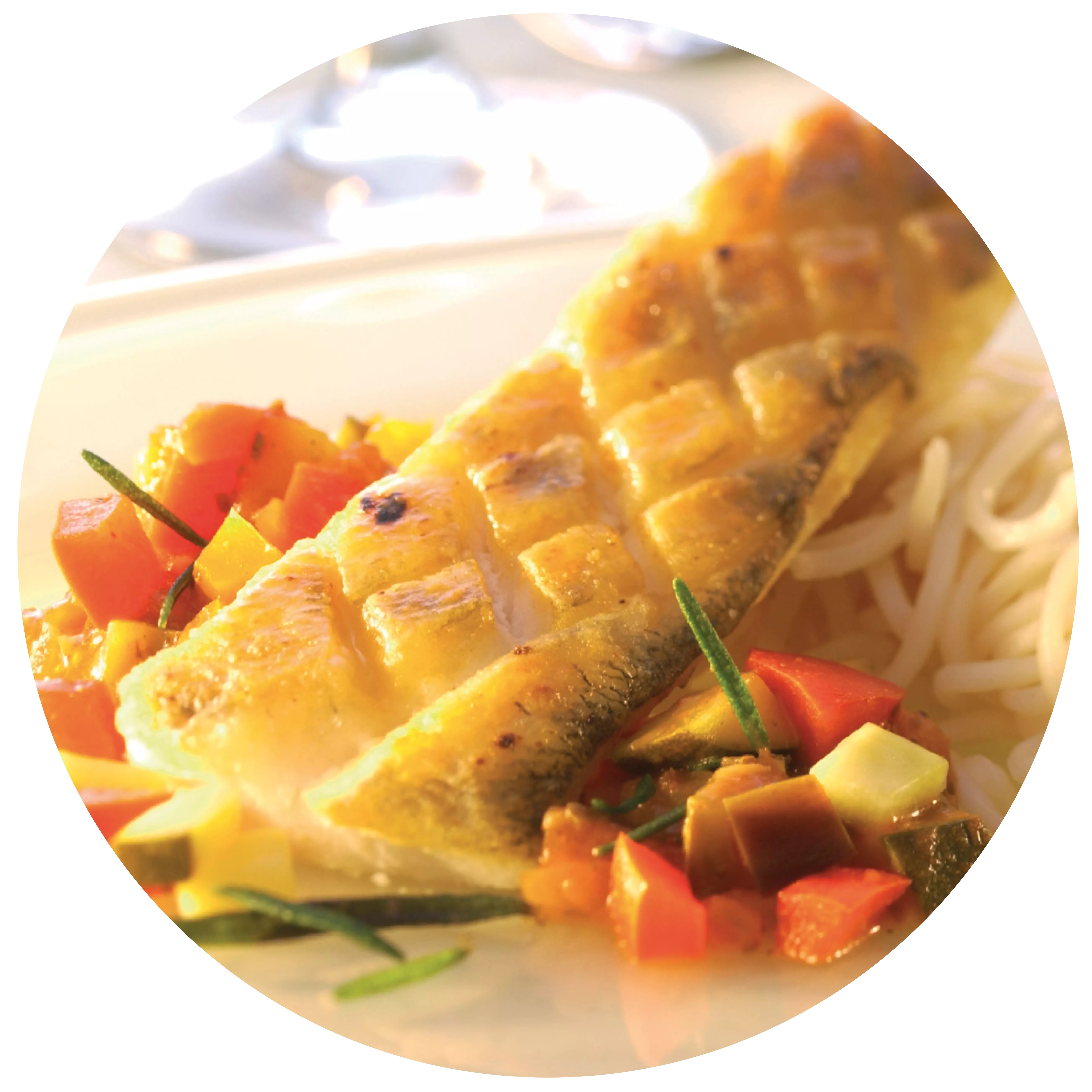Spätburgunder / Pinot Noir

In Germany, the Spätburgunder (Pinot Noir) is to red wine what the Riesling is to white wine: the cream of the crop.
Facts
-
11.519 ha
Vineyard area 2023
-
11 Prozent
Planted vineyard area in Germany
-
64 Prozent
Pinot Noir vineyards in the Ahr wine region
Cultivation and significance
Demanding in terms of soil, climate and weather conditions, Pinot Noir is the number one red grape variety in Germany.
In Germany, around 11,519 hectares (2023) of vineyards are planted with the Pinot Noir variety, which corresponds to around 11 per cent of the total vineyard area. Winegrowers and consumers are increasingly favouring the variety. Since the beginning of the 1990s, the area planted with Pinot Noir has grown by more than 5,000 hectares. Most of the vines of this variety are in Baden (5,029 hectares) - with a focus on the Kaiserstuhl. The Palatinate (1,739 ha), Rheinhessen (1,504 ha), Württemberg (1,302 ha), the Rheingau (403 ha) and the Ahr (342 ha) are also important areas for growing Pinot Noir.
Vinification and flavour
Pinot Noir wines taste full-bodied and velvety, with a fruity flavour and hints of almond. The typical Pinot Noir has a slightly sweetish aroma of red fruit, from strawberry to cherry and blackberry to blackcurrant. Barrique wines also have hints of vanilla and cinnamon. A distinction is made between the classic and the modern type. Traditionally, the best Pinot Noirs were made from very ripe grapes, were not very colourful, mild, low in tannins and reddish-red in colour. In addition to this classic type, the modern Pinot Noir with a strong red colour, more tannin, less acidity and often a short ageing period in small oak barrels is becoming increasingly important.
Pinot Noir red wines are ideal for the cooler months of the year. They are drunk chilled to 16 to 18 degrees. Full-bodied varieties are best served with roasts, game or a cheese platter. Weißherbst goes well with starters and white meat, and in Auslese quality also as an aperitif.
History
The Pinot Noir grape variety belongs to the Burgundy family. It is probably one of the earliest varieties to be selected from the wild vines in western Central Europe. Charles the Fat brought the variety to Lake Constance in 884. It was planted in the Rheingau in the 13th century. In the 16th century, it was probably also planted in the Palatinate. In the 18th century, the variety is said to have travelled from Burgundy to the Ahr. The variety experienced a boom 150 years ago with the expansion of sparkling wine production, for which pure Burgundy vineyards were planted. The terms "Pinot Noir" and, in parts of Baden, "Klevner" are used as synonyms.
At a glance
- Most important red wine variety in Germany
- High demands on location and climate
- Aroma: blackberries, cherries, strawberries, elderberries, pepper
- Flavour: classic vinification: mild, low in tannins. Modern vinification: full-bodied and rich in tannins
What is the traditional style of German Pinot Noir?
The traditional style of German Pinot Noir (Spätburgunder) is lighter in colour, body and tannic acidity than its counterparts from warmer climates.
and fine noodles Pikeperch with ratatouille
and fine noodles
- 4 große Zanderfilets mit Haut (ohne Schuppen)
- 1 Pck. chinesische Eiernudeln
- 10 reife Tomaten
- 1 gewürfelte rote Paprikaschote
- 1 gelbe Paprikaschote
- 2 Zucchini
- 1 gewürfelte rote Gemüsezwiebel
- 1 zerdrückte Knoblauchzehe
- 0.3 Liter trockener Rivaner
- 0.2 Liter Sangrita Picante
- 3 EL Basilikum-Pesto
- 1 EL Butter
- Eine Prise Salz & Pfeffer
- 1 EL Olivenöl
1. Cook the egg noodles in plenty of salted water with a little olive oil.
2. dice the tomatoes, peppers and courgettes.
3. sauté the diced onion and the chopped garlic in a little olive oil, add the diced vegetables and sauté with them.
Sauté until soft.
4. deglaze with the Rivaner, fill with sangrita and cook until al dente. Finally, add the basil pesto and season everything with salt and pepper.
<p
<p>5. Remove the pikeperch from the bone (see „Tip“). Season the fish, dredge in flour (it will be even crispier with potato starch), place skin side down in a hot pan with a little olive oil and weigh down with a plate so that the fish cannot move.
<p
<p>6. Cook the zander for 2 to 3 minutes on the skin side only; it should turn golden brown and crispy.
7 Toss the cooked pasta in butter with a little salt. Place on a large plate, arrange the ratatouille around it and place the zander in the centre.
<p
<p>Tip: To remove the bones, run your finger along the centre of the fish fillet against the fibres and then remove the bones with a clean cut.
- Müller-Thurgau (süß & edelsüß)
- Chardonnay (halbtrocken & feinherb)
- Spätburgunder / Pinot Noir (halbtrocken & feinherb)





